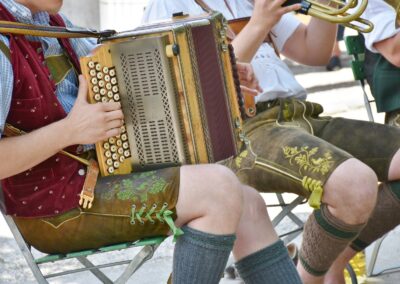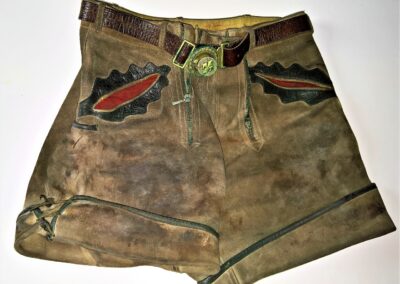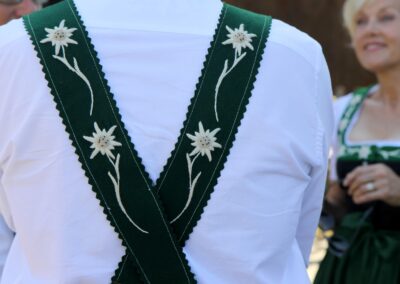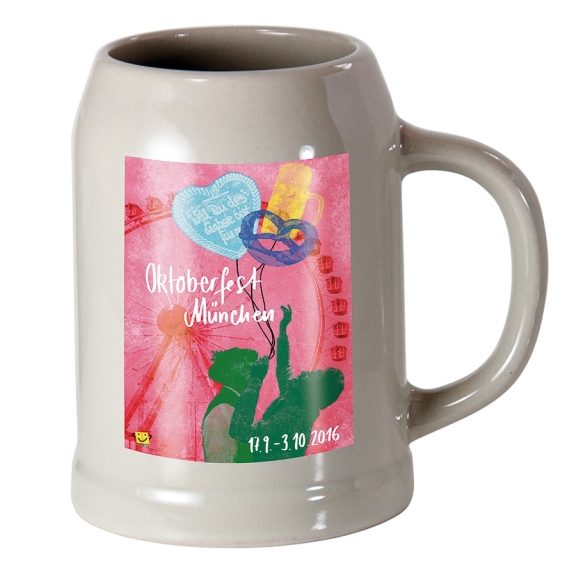Bavarian Lederhosen are a traditional garment that has become synonymous with German culture. They are typically made of leather and feature intricate embroidery and ornate button designs, making them both functional and fashionable. Worn by both men and women, these iconic pants have become a symbol of Bavarian heritage and pride.
History of Lederhosen
The origins of Lederhosen can be traced back to the 18th century when they were worn by hunters and farmers in the Alpine regions of Bavaria and Austria. The pants were initially made of leather as a practical solution to protect the legs from thorns, brush, and cold weather. Over time, they became more ornate and were worn as a sign of social status and wealth.
During the late 19th and early 20th centuries, Lederhosen became more popular as a form of traditional dress. The garment was embraced by Bavarian nationalists, who saw it as a way to celebrate and preserve Bavarian culture. Today, Lederhosen are still worn at traditional Bavarian festivals, such as Oktoberfest, and are considered a symbol of Bavarian pride.
Design and Features
Bavarian Lederhosen are made of high-quality leather, typically in shades of brown, black, or green. The leather is often treated with oils and waxes to protect it from wear and tear. The pants feature a unique design, with a bib-like section at the front that is often embroidered with intricate designs or adorned with decorative buttons.
The suspenders, which attach to the back of the pants, are also ornately designed and often feature metal buckles or buttons. The length of the pants can vary, with some reaching just above the knee and others extending to the ankle.
Lederhosen are often worn with a traditional shirt, such as a white or checkered button-up, and knee-length socks. They are typically paired with sturdy shoes, such as hiking boots or traditional Bavarian shoes called Haferlschuhe.
The Significance of Lederhosen
Bavarian Lederhosen are not just a piece of clothing, but rather a symbol of Bavarian culture and tradition. They represent the hardworking and resilient spirit of the Bavarian people, who have a deep appreciation for the natural beauty of their homeland.
The intricate designs on the pants also serve as a way to showcase the craftsmanship and artistry of Bavarian artisans. The embroidery and metalwork on Lederhosen are often highly detailed and take a great deal of skill and patience to create.
Lederhosen are also a symbol of community and social connection. They are often worn at traditional festivals and celebrations, such as Oktoberfest, where people come together to enjoy food, drink, and music. By wearing Lederhosen, Bavarians can connect with their heritage and feel a sense of camaraderie with others who share their love for Bavarian culture.
Preserving the Tradition
While Lederhosen have become a popular fashion item around the world, it is important to remember their cultural significance and the history behind them. Bavarian culture has faced many challenges over the years, including war, industrialization, and globalization. However, through it all, the people of Bavaria have remained committed to preserving their traditions and passing them down to future generations.
Bavarian Lederhosen are more than just a piece of clothing – they are a symbol of the rich history, culture, and traditions of Bavaria. They represent the hard work, resilience, and love for the natural beauty of the Bavarian people. While they have evolved over time, Lederhosen remain an important part of Bavarian identity and are celebrated at festivals and events around the world.
Whether you are a Bavarian or simply an admirer of the culture, wearing Lederhosen is a way to connect with the past and embrace the traditions that have been passed down through generations. By preserving and promoting traditional dress, we can ensure that these symbols of cultural heritage continue to be cherished and appreciated for many years to come.









Recent Comments